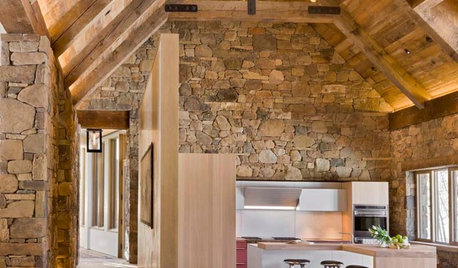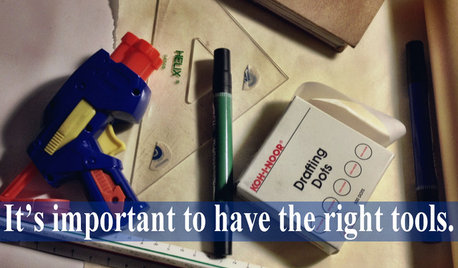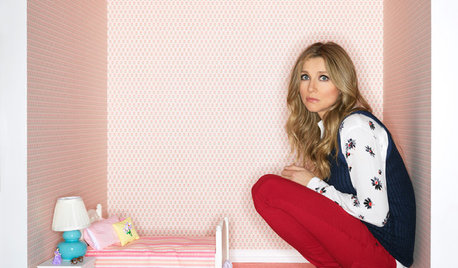justalurker....please tell me about clear ice.
asolo
12 years ago
Related Stories

KITCHEN DESIGNHouzz Call: Tell Us About Your First Kitchen
Great or godforsaken? Ragtag or refined? We want to hear about your younger self’s cooking space
Full Story
FUN HOUZZHouzz Call: Tell Us About Your Dream House
Let your home fantasy loose — the sky's the limit, and we want to hear all about it
Full Story
GREEN BUILDINGLet’s Clear Up Some Confusion About Solar Panels
Different panel types do different things. If you want solar energy for your home, get the basics here first
Full Story
INSIDE HOUZZTell Us Your Houzz Success Story
Have you used the site to connect with professionals, browse photos and more to make your project run smoother? We want to hear your story
Full Story
LIFEThe Polite House: How Can I Tell a Construction Crew to Pipe Down?
If workers around your home are doing things that bother you, there’s a diplomatic way to approach them
Full Story
ARCHITECTUREDesign Workshop: Materials That Tell a Story
See how wood, concrete and stone convey ideas about history, personal taste and much more
Full Story
COFFEE WITH AN ARCHITECTWhat My Kids Have Taught Me About Working From Home
Candy and Legos aren't the only things certain small people have brought to my architecture business
Full Story
LIFETell Us: Do You Know How to Live With Your Parents?
If you've tried multigenerational living under one roof, we'd love to hear the details
Full Story
HOUSEPLANTSMother-in-Law's Tongue: Surprisingly Easy to Please
This low-maintenance, high-impact houseplant fits in with any design and can clear the air, too
Full Story
ARCHITECTURETell a Story With Design for a More Meaningful Home
Go beyond a home's bones to find the narrative at its heart, for a more rewarding experience
Full StorySponsored
Central Ohio's Trusted Home Remodeler Specializing in Kitchens & Baths
More Discussions








User
asoloOriginal Author
Related Professionals
Hillcrest Heights Handyman · North Druid Hills Kitchen & Bathroom Remodelers · University City Kitchen & Bathroom Remodelers · Sunrise Manor Kitchen & Bathroom Remodelers · Fullerton Kitchen & Bathroom Remodelers · Ewa Beach Kitchen & Bathroom Remodelers · Hickory Kitchen & Bathroom Remodelers · Kettering Kitchen & Bathroom Remodelers · North Arlington Kitchen & Bathroom Remodelers · Patterson Kitchen & Bathroom Remodelers · Westchester Kitchen & Bathroom Remodelers · Weston Kitchen & Bathroom Remodelers · Winchester Kitchen & Bathroom Remodelers · South Jordan Kitchen & Bathroom Remodelers · Hewitt Kitchen & Bath Fixturesrjh2o
User
asoloOriginal Author
User
asoloOriginal Author
User
asoloOriginal Author
User
davidro1
homebound
andy_c
User
asoloOriginal Author
brickeyee
asoloOriginal Author
asoloOriginal Author
brickeyee
asoloOriginal Author
shadetree_bob
ionized_gw
asoloOriginal Author
User